Sunny days mean it’s time to throw open that back door and step into the great outdoors in your own backyard — but are you using your home’s outdoor space to its full potential? You already know that your backyard brings a lot of relaxation and fun to your life, but have you considered the other ways it could be giving back to the environment and your home? From planting pollinator-friendly flowers that feed the birds and bees to turning waste into resources, I’ve rounded up a few ways you can make the most of your backyard this (and every) summer.
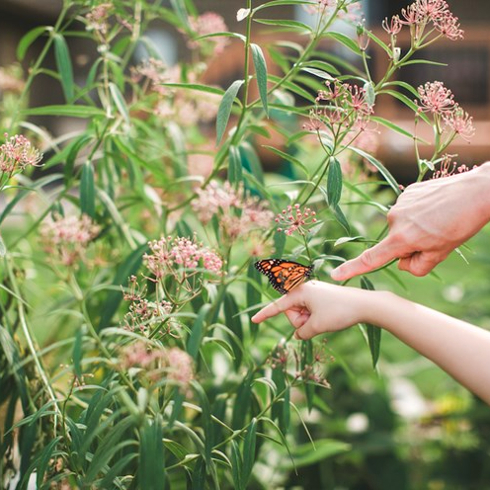
The Pull of Pollinators
Sure, plants can be pretty — but they can also serve an important role in our backyard’s ecosystem that’s easy to overlook. Pollinators (like birds, bees and butterflies) help plants reproduce, and pollinator-friendly plants attract pollinators.
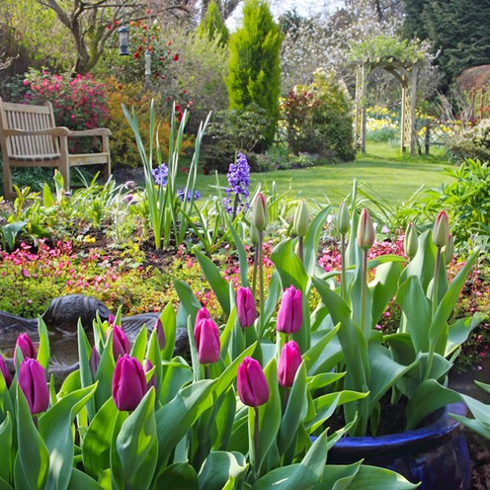
Planting to Pollinate
With that in mind — by going for plants that are known to attract pollinators (like lavender and coneflowers) — you can help your backyard support the local ecosystem.
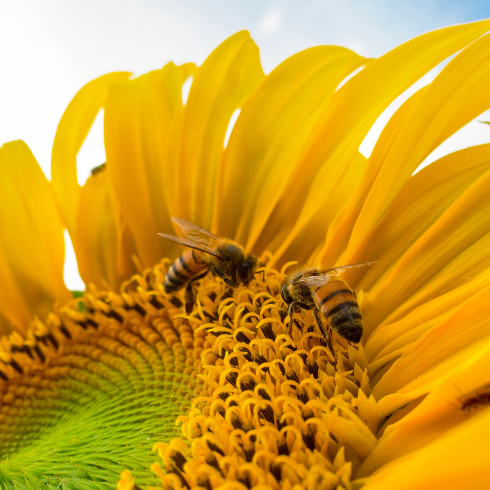
Bring on the Buzz
If you want to be bee-friendly, consider planting flowers and plants specifically to attract bees, like honeysuckle and sunflowers.
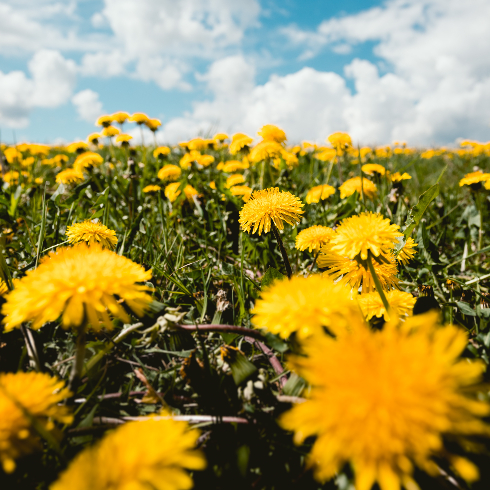
Leave the Dandelions
Sometimes, supporting pollinators in your yard isn’t so much about what you plant — but rather what you keep. Dandelions might look like weeds, but they’re also an important food source for pollinators like bees.
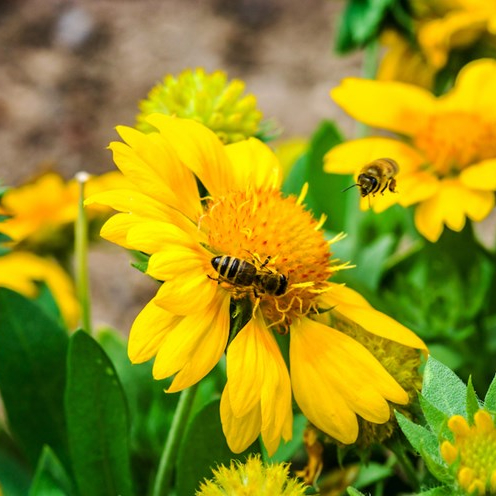
Build a Bee Bath
Beneficial insects like bees need fresh water to drink, but creeks or ponds can be dangerous for them (they might drown or be caught by predators in open water). Make your backyard a thirst-quenching refuge by building them a water source. Place a shallow plate on the ground and then create landing spots by adding a few flat stones. Pour in fresh water (leave the tops of the stones dry, so the bees have somewhere to land) and replace the water every few days.
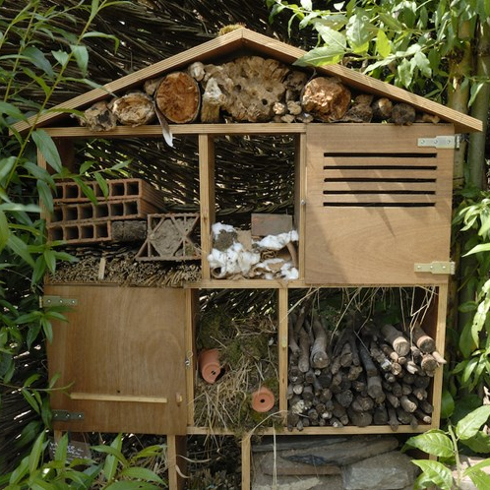
A Hotel for Bugs
Seems wild, right? But seriously, building a bug hotel — and giving it prime real estate in your backyard — attracts pollinators and beneficial insects (to help naturally control pests) to your garden. This could be a fun, educational project to do with kids.
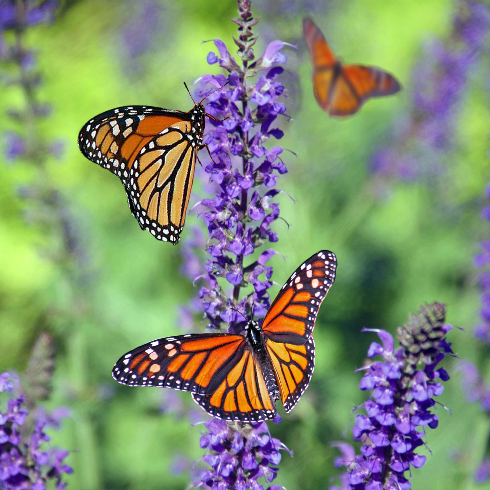
Design a Butterfly-Friendly Garden
Bees and insects aren’t the only pollinators that your backyard could be home to — with the right plants, your yard could become a habitat for butterflies in search of nectar plants (which they use for food and to lay their eggs on). Monarch butterflies, for example, prefer nectar and host plants like milkweed.
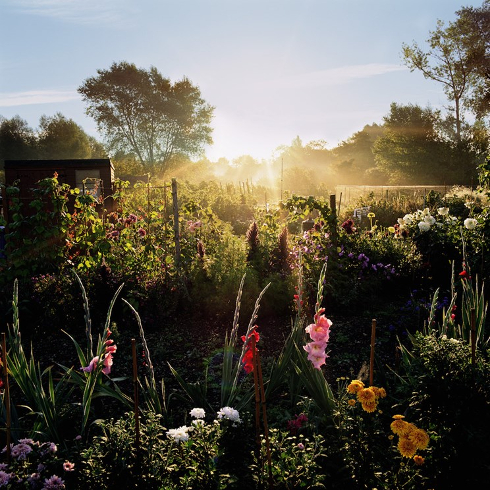
Choose Native Plants
When deciding what to plant in the garden, many people think about light, drainage and look (all good considerations, for sure) — but they might not think about where plants are from. Planting native plants (that is, plants that are native to your particular region) in your yard can help support local wildlife, improve biodiversity and deliver better pest resistance. Pretty cool, right?
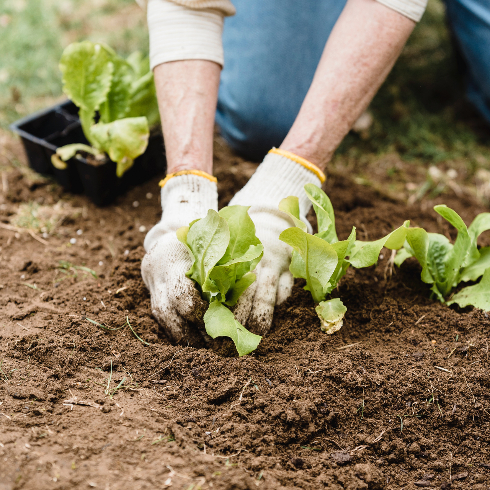
Grow Fresh
Is there anything more satisfying than growing (and eating) your own fresh vegetables? Whether you start a small container garden or plan out a big veggie patch, use your outdoor space’s summer light to grow something delicious.
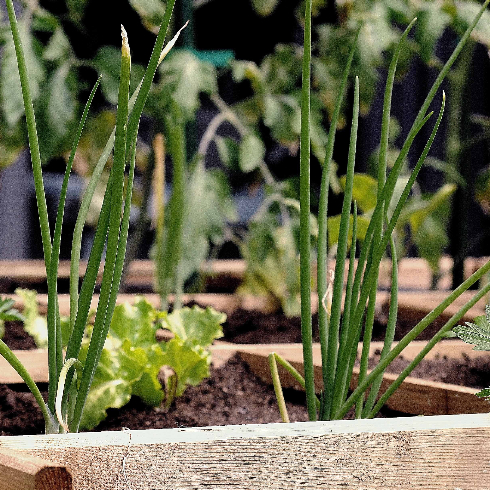
Go Organic
While you’re working on your garden, you might want to consider growing without pesticides — working towards an organic garden can help you cut back on your environmental impact while growing veggies, herbs and flowers.
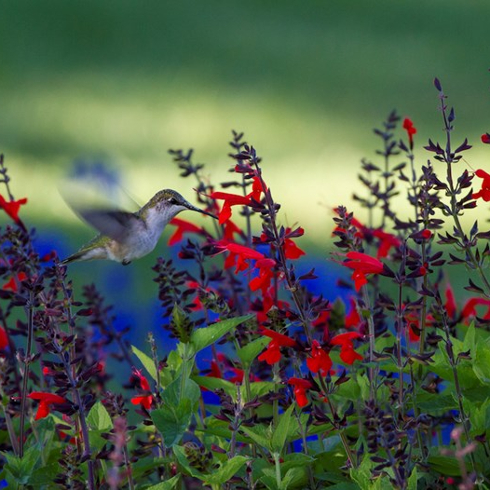
Seeing Red
Have you ever wondered why so many bird feeders are red? Fun fact: it’s not (just) for style. Hummingbirds have learned over time that bright red flowers are likely sources of nectar, so they look for red flowers. Make your garden a hummingbird haven by planting vibrantly hued perennials like bee balms and lupines.
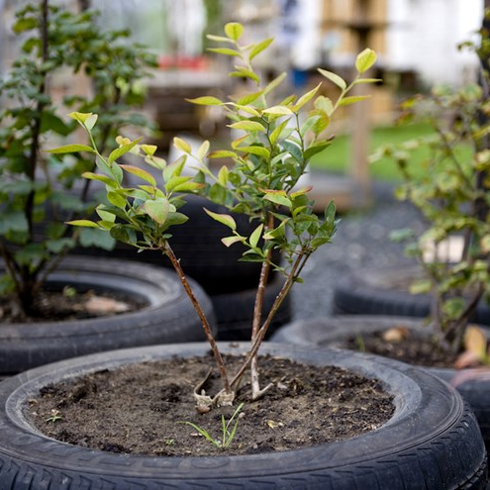
Give Old Things New Life
Another way your yard can give back? Make it the new home to items that no longer have a spot inside the house. Upcycled items can make interesting and unique planters and accessories in the yard or garden.
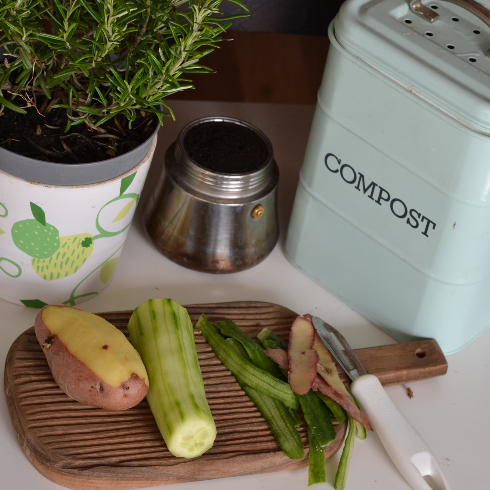
Create a Compost
Waste not, want not. If you have a larger backyard, a home compost system could be a good way to make the most of your kitchen waste like veggie scraps, egg shells and coffee grounds. Composting upcycled food scraps — turning them from waste into nutrient-rich soil.
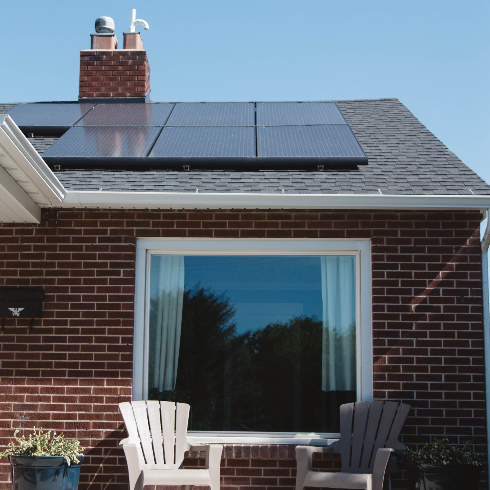
The Sun’s Power
Why not find a way to make the summer sun in your yard into power? Solar power harnesses the sun’s energy and turns it into electricity, making it a useful resource that not many of us take advantage of.
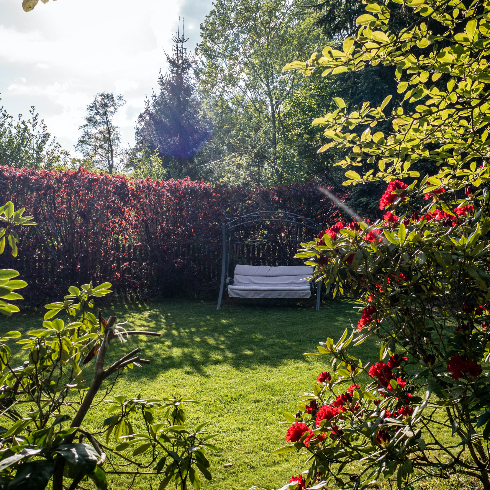
Go Natural
A lush green lawn is a classic sign of summer, but fertilizer and pesticides can impact the environment. That doesn’t mean you need to cut the grass out of your life though: try natural ways to keep your lawn green.
HGTV your inbox.
By clicking "SIGN UP” you agree to receive emails from HGTV and accept Corus' Terms of Use and Corus' Privacy Policy.




